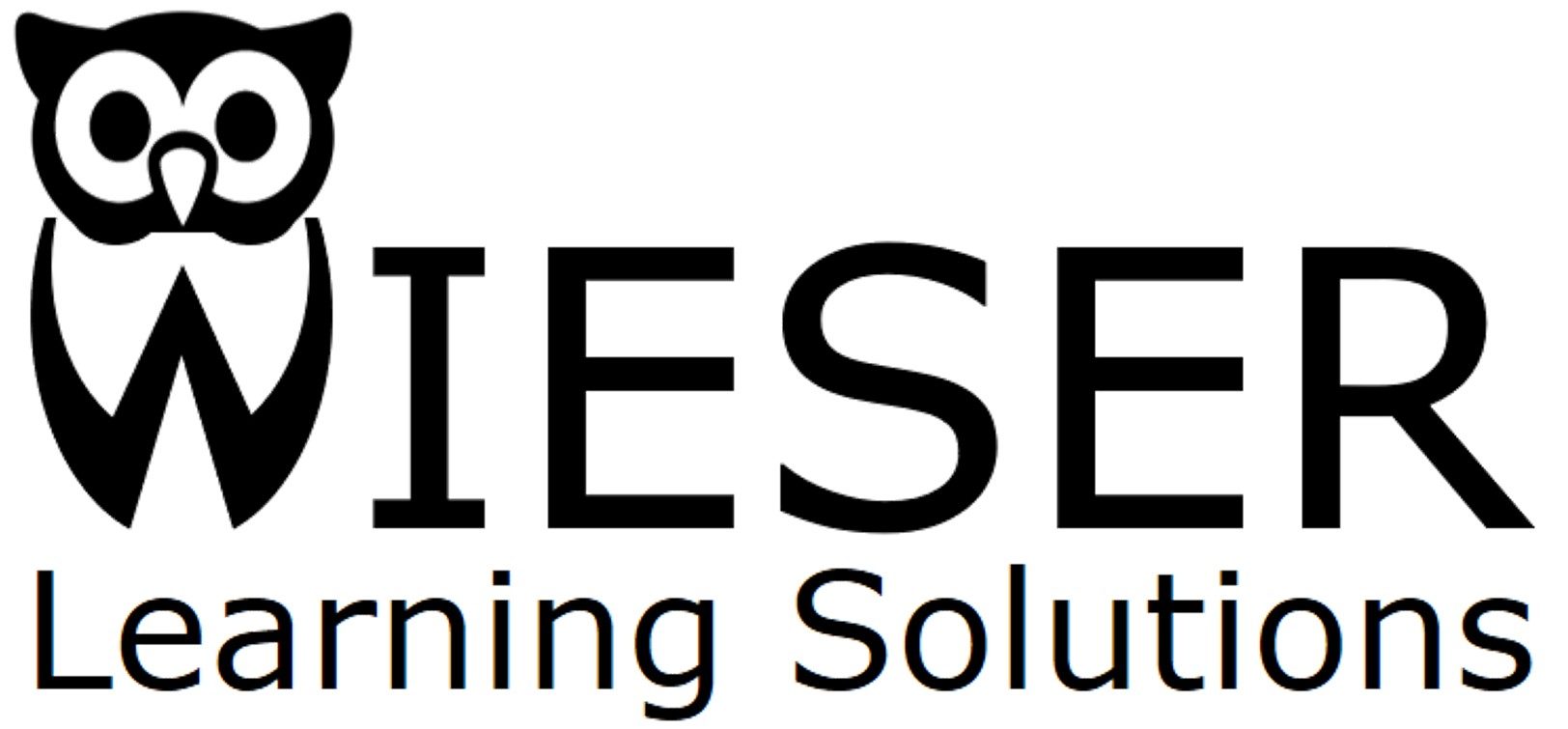
While there are many variations on how training is delivered to learners, it typically fits into three categories:
- Instructor-led
- eLearning
- Blended learning
Instructor-led training:
This method of learning involves a trainer or instructor leading the learning experience, either in-person (ILT) or virtually (VILT). Instructor-led learning can include lectures, workshops, seminars, webinars or other synchronous online training.
Benefits:
- Interactive: instructors can use various techniques to make the learning experience more engaging and interactive.
- Collaborative: learners can interact and collaborate with other learners in the same session.
- Personalized: learners receive immediate feedback and can ask questions.
Constraints:
- Logistics: learners must attend the session at a specific time and location.
- Expensive: possible costs include the instructor, facility and/or equipment rental, travel time and expenses to attend a live session, and cost of published materials.
- Timing: learning happens at the instructor's pace and time constraints for the training, which could result in the training moving too quickly for some learners, resulting in frustration or missed learning, or too slowly for other learners, resulting in boredom or loss of interest.
eLearning:
This method of learning involves delivering training material via the internet or a computer-based platform. It can include online courses, videos, webinars, and other digital media. eLearning is suitable for learners who prefer self-paced learning and do not require face-to-face interaction with instructors or peers.
Benefits:
- Flexible and convenient: learners can access the material from anywhere and at any time.
- Cost-effective: eLearning removes classroom rental, travel, and accommodation costs.
- Personalized: learners can learn at their own pace and can revisit the material as many times as they need to.
Constraints:
- Isolating: eLearning does not provide opportunities for learners to interact with peers and instructors face-to-face.
- Technology requirements: eLearning requires a device to access the material, a reliable internet connection, and usually requires a learning management system (LMS) to track learner completion or performance.
Blended Learning:
This method of learning combines both eLearning and instructor-led learning, providing learners with a mix of asynchronous online and synchronous face-to-face learning experiences.
Benefits:
- Flexible: learners can access the material online and attend the in-person sessions that suit their schedule.
- Personalized: learners can choose the pace at which they progress through the online material, revisiting the material as many times as needed.
- Enhanced engagement: a variety of different learning methods can make the learning experience more engaging.
Constraints:
- Resources: blended learning requires both eLearning resources and a physical classroom.
- Technology requirements: learners require access to a device and a reliable internet connection; equipment is needed to present class-room based training or software is needed for virtual/webinar presentations.
- Potential for low engagement: if the instructor or the eLearning material is not engaging, learners may lose interest.
Choosing the right delivery method depends on various factors, such as the learning objectives, the target audience, the available resources, and the needs of the learners.
Wieser Learning Solutions can help you decide what training mode will work the best for your objectives, learners, and budget.
